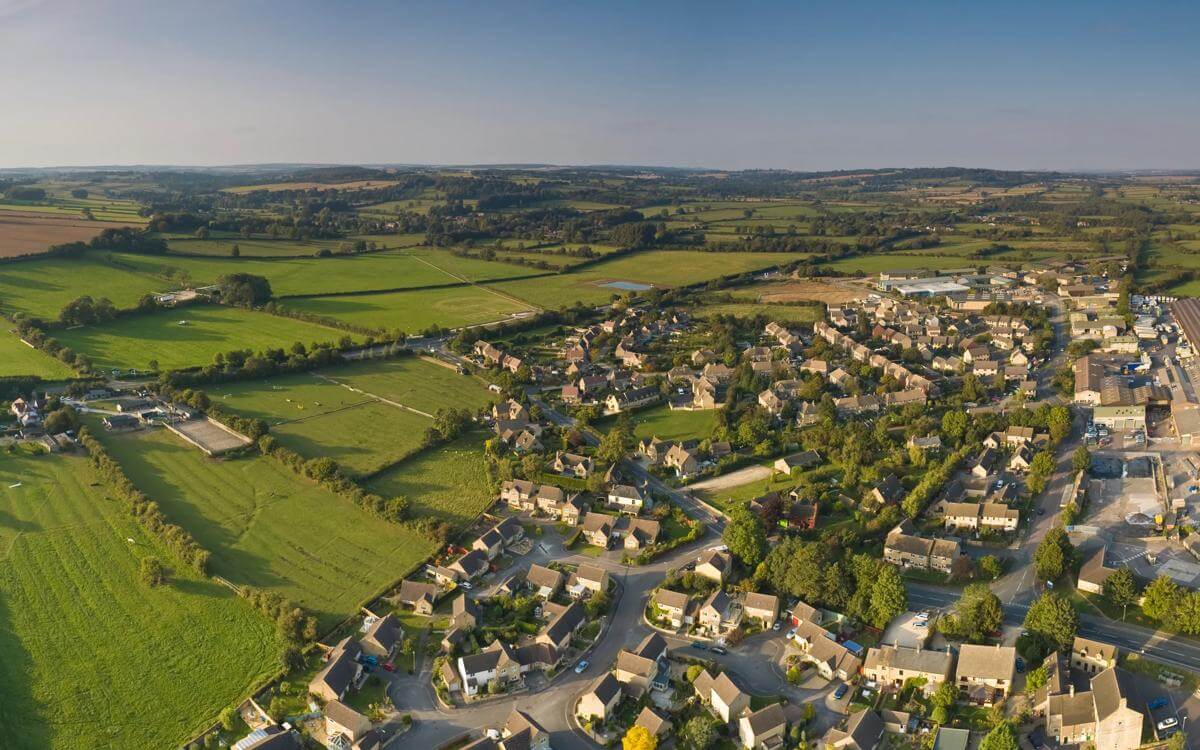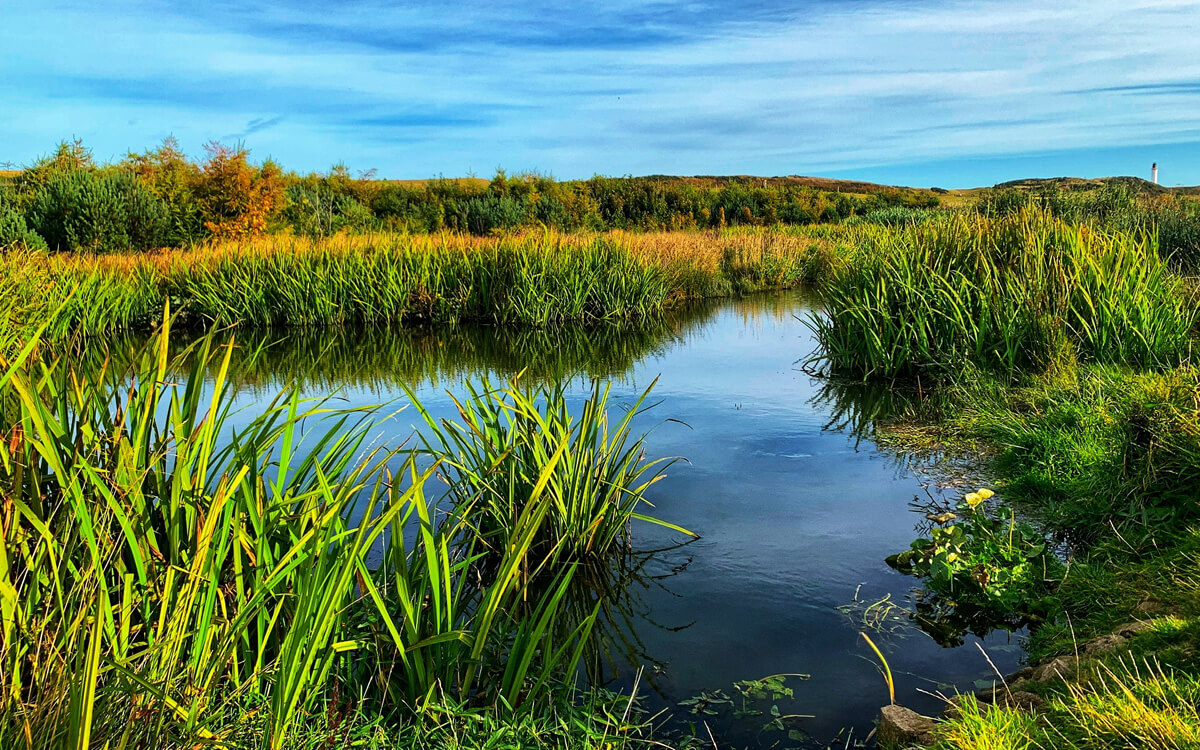Japanese knotweed – a diminishing risk?
The Royal Institution of Chartered Surveyors (‘RICS’) is in the process of updating its guidance to surveyors on their approach to Japanese knotweed when valuing a property.
This article is taken from July's public matters newsletter. Click here to view more articles from this issue.
The Royal Institution of Chartered Surveyors (‘RICS’) is in the process of updating its guidance to surveyors on their approach to Japanese knotweed when valuing a property. The updated guidance, which is currently in draft consultation form and will replace the RICS information paper Japanese Knotweed and residential property, 2012, follows extensive research and aims to assist surveyors when undertaking valuations or surveys of residential property where Japanese knotweed is present. The contention is that, provided Japanese knotweed is appropriately managed, it should have a minimal effect on the buying and selling of residential properties.
Stigma
The mere mention of Japanese knotweed has for many years invoked fear amongst buyers, sellers, lenders and homeowners alike. My colleague James Fawcett has previously written on the subject – 'Japanese knotweed – as truly menacing as we are lead to believe?’
Concerns surrounding Japanese knotweed originated from an understanding that, if left unmanaged, it could rapidly colonise and dominate both green and hard landscaped areas – this has resulted in a significant burden on those buying and selling properties affected by Japanese knotweed and the risk of civil claims in nuisance being brought against landowners for diminution in value of a neighbouring property following encroachment of Japanese knotweed. However, RICS’ updated guidance indicates that the reality is in fact different and the perceived risk of Japanese knotweed (feeding into public perception and associated stigma) may be exaggerated and overly burdensome. RICS purport that the plant is not as hazardous as widely believed and poses little or no risk of structural damage to buildings with substantial foundations, such as dwellings.
The public’s perception of Japanese knotweed is relevant to property valuation and whilst unrealistic that a document of this nature will change that perception in an instant, it may well be a catalyst for changing the tide insofar as the stigma associated with Japanese knotweed is concerned over the coming years.
Management
RICS’ updated guidance aims to increase awareness of Japanese knotweed, focusing on management and control through the application of herbicidal treatment or removing the contaminated soil (excavation), whilst recognising that complete eradication is not an appropriate objective. In striving for ‘proper control’ of Japanese knotweed it is recognised that the application of herbicides, as opposed to excavation of the affected land, may be the most appropriate method of treatment in many instances.
The guidance recommends that Japanese knotweed should be reframed as a mitigatable environmental issue. It is proposed that the focus shifts to an objective classification system in which the most serious instances of knotweed infestation will be identified, with surveyors guided in terms of assessment and ‘management categories’ depending on the likely impact of the Japanese knotweed. Surveyors are asked to consider whether the Japanese knotweed is likely to ‘prevent use of or restrict access to amenity space’ at the property, which is something that will require careful consideration depending on the location of the Japanese knotweed and use of the land at any given property being inspected. The guidance also reinforces that in most instances Japanese knotweed can be remediated with effective treatment and it is therefore critical that those involved in the buying and selling of Japanese knotweed-affected property have access to unbiased, factual information which sets out where and when they can obtain remediation services.
Of some importance is the likely re-assessment of what is commonly referred to as the ‘7-metre rule’, which was a presumption of risk associated with rhizomes of the Japanese knotweed spreading up to 7 metres, and thus an expectation of reporting Japanese knotweed to a mortgage lender where it was identified within 7 metres of a property boundary. It appears this will be revised and the position clarified in the updated guidance, with no automatic requirement to report the presence of Japanese knotweed to the lender if it is more than 3 metres from a boundary and anything beyond that requiring a risk assessment. Whether to report infestations beyond 3 metres is likely to be guided by the nature and extent of the infestation.
Comment
The updated guidance from RICS is in the process of being finalised and we await it with interest. However, it seems unlikely the final version will materially differ from the current draft and therefore we can expect a revised assessment framework (in contrast with what appears to be an overstated risk on the current approach), allowing the valuer or surveyor to undertake an objective assessment of risk.
The impact of the guidance (and the science that sits behind it) will also undoubtedly influence the outcome of civil claims in nuisance, both in terms of liability and quantum. The current reliance by claimants on the 7-metre rule will have to be modified and we may also see a reduction in the value of claims for diminution in value of property in some circumstances in light of the re-assessment of risk from Japanese knotweed (together with any change in public perception of Japanese knotweed in saleability of residential property). This will be welcome news to the public sector, with public bodies and local authorities often in the firing line as major landowners.
Contact

Mark Hickson
Head of Business Development
onlineteaminbox@brownejacobson.com
+44 (0)370 270 6000








































